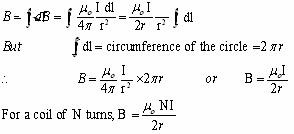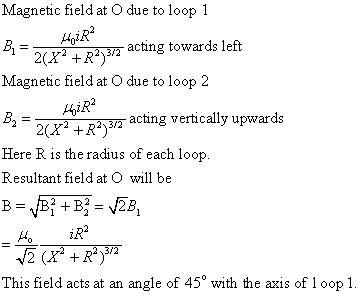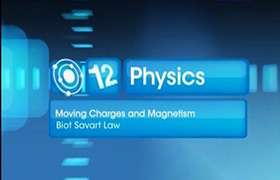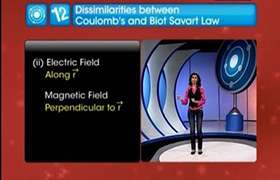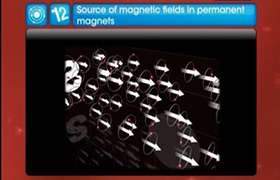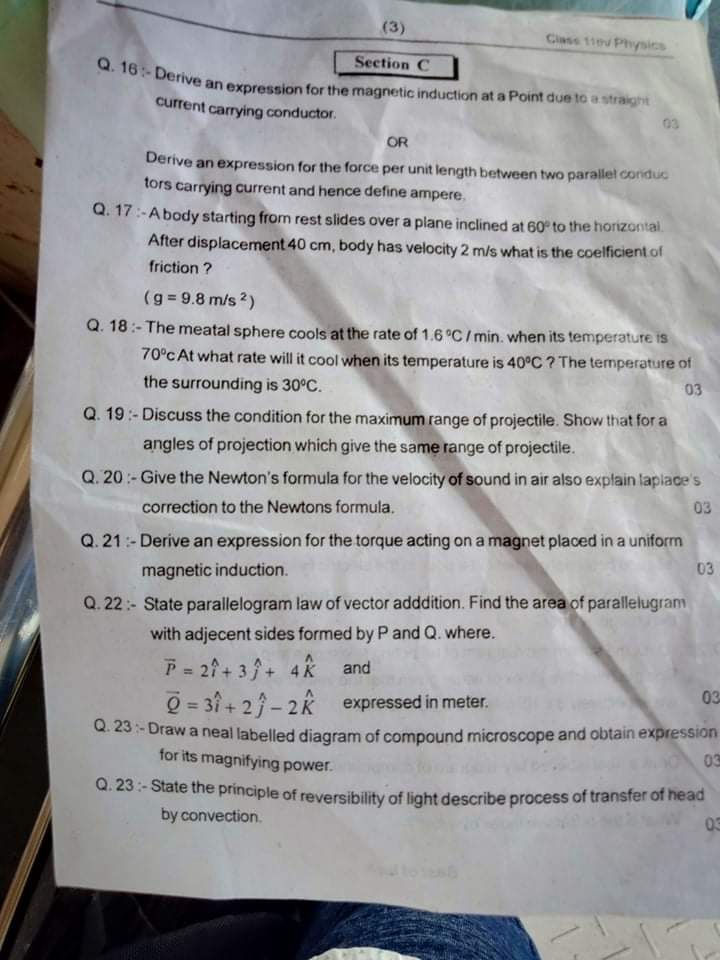CBSE Class 12-science Answered
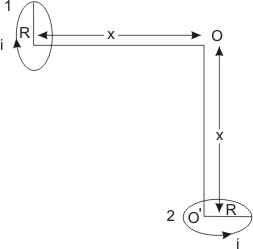
Cyclotron: Cyclotron is a device by which the positively charged particles like protons, deutrons, etc. can be accelerated.
Principle: Cyclotron works on the principle that a positively charged particle can be accelerated by making it to cross the same electric field repeatedly with the help of a magnetic field.

Construction: The construction of a simple cyclotron is shown in figure above. It consists of two-semi-cylindrical boxes D1 and D2, which are called dees. They are enclosed in an evacuated chamber. The chamber is kept between the poles of a powerful magnet so that uniform magnetic field acts perpendicular to the plane of the dees. An alternating voltage is applied in the gap between the two dees by the help of a high frequency oscillator. The electric field is zero inside the dees Working and theory: At a certain instant, let D1 be positive and D2 be negative. A proton from an ion source will be accelerated towards D2, it describes a semi-circular path with a constant speed and is acted upon only by the magnetic field. The radius of the circular path is given by, ![]() .
.
From the above equation we get,
![]() ------ (I)
------ (I)
The period of revolution is given by, ![]() (From I)
(From I)
![]()
The frequency of revolution is given by,
![]()
From the above equation it follows that frequency f is independent of both v and r and is called cyclotron frequency. Also if we make the frequency of applied a.c. equal to f, then every time the proton reaches the gap between the dees, the direction of electric field is reversed and proton receives a push and finally it gains very high kinetic energy. The proton follows a spiral path and finally gets directed towards the target and comes out from it.
Or
(a) Consider a current element AB of a thin curved conductor XY through which a constant current I is maintained. Let dB be the magnitude of the magnetic field ![]() at P due to this current element of length dl. According to Biot-Savart's law which was formulated empirically in 1820,
at P due to this current element of length dl. According to Biot-Savart's law which was formulated empirically in 1820,
(i) dB ![]() I
I
(ii) dB ![]() dl
dl
(iii) dB ![]() sin
sin ![]() ,
,
where ![]() is the angle between
is the angle between ![]() and
and ![]() .
. ![]() is the position vector of the observation point P with respect to the center O of the current element. The direction of
is the position vector of the observation point P with respect to the center O of the current element. The direction of ![]() is the direction of flow of current.
is the direction of flow of current.
(iv) ![]()
(The field falls off inversely with the square of the diatance between the source of the field and the point at which the field is to be measured. It is also called inverse square law.) where r is the distance of the observation point P from the mid-point O of the current element
Combining all the four factors, we get
![]()
Where k is a constant of proportionality whose value depends on the medium between the observation point and the current element.
(b) Magnetic field at the center of a circular current-carrying coil- Consider a circular coil of radius r through which current I is flowing. Let AB be an infinitesimally small element of length dl. According to Biot-Savart's law, the magnetic field dB at the center P of the loop is given by ![]()
Where ![]() is the angle between
is the angle between ![]() and
and ![]() .
.
In the case of a circular loop, ![]() = 90o.
= 90o.
![]()
The net magnetic field at P is given by
